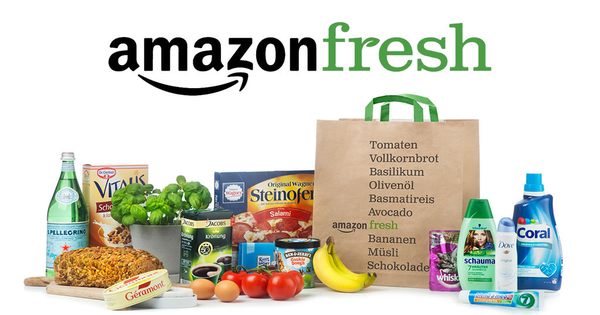
The e-commerce giant is understood to be plotting a campaign to raise awareness about its affordable prices. “After rent or mortgage payments and transport, groceries are the largest category of spending for many people and the search to manage or reduce costs is key to many households’ budgeting efforts.” “Grocery pricing is critical to success,” said William Woods at Bernstein in a recent note. Brewdog’s Punk IPA was at least £1 cheaper than competitors’ prices.Īmazon also undercut all rivals on items such as grated cheddar, J2O and Cornetto ice creams, and had the lowest overall price increases versus other grocers compared to last year. For the total list, Waitrose was considerably more expensive at £88.49, coming in more than 20pc higher than Amazon’s £73.60.īacon rashers, for instance, were £2.10 versus £2.50 at Asda, Sainsbury’s and Tesco, £2.67 at Morrison’s and £2.70 at Waitrose. A total of 33 products – spanning both branded and private label – were tracked using website data. It had a cheaper basket than the Big Four and Waitrose, according to the Grocer’s weekly mystery shopping service earlier this month. It is a tactic that could help the Seattle-based company bolster its fledgling position in the sector. Now, as inflation creeps in and energy bills increase, the main battleground for grocers to gain an edge is to be competitive on price in an effort to hold onto existing shoppers and attract new ones.Īmazon appears to be doing just that.


Still, Amazon’s food arm remains small both across the pond and in the UK compared with incumbents. Since that $13.7bn (£11.6bn) purchase in 2017, the behemoth has sought to woo shoppers with its till-less grocery stores, free home delivery via its Prime membership and a refined product offering. One major chain brought in a band of consultants whose sole mission for 12 weeks straight was to work out “what’s the threat of Amazon”. When Amazon bought upmarket grocer Whole Foods in the US, supermarkets around the world trembled with fear.


 0 kommentar(er)
0 kommentar(er)
